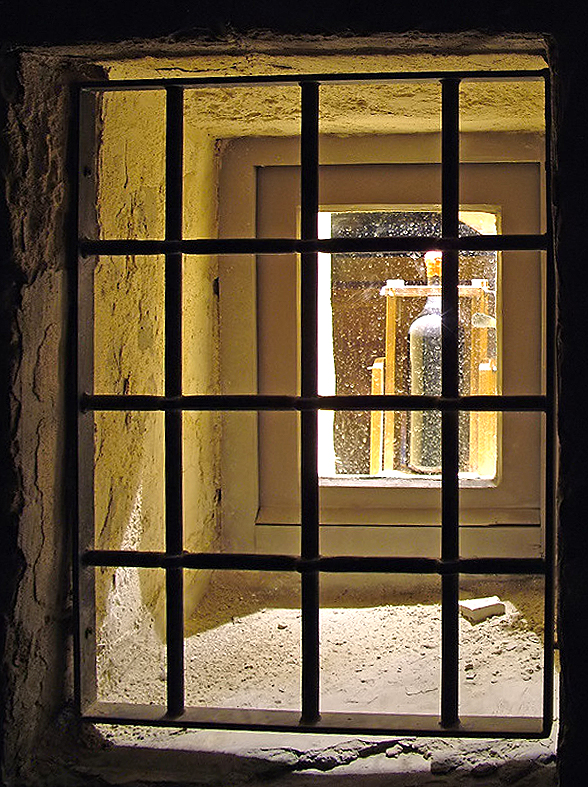|
Ancient Capital of Malta, 6.25 miles west of Valletta
There can be little doubt that the commanding heights graced by the walled city of Mdina have been occupied since early times. A Bronze Age village site has been indicated by shreds of the period, and Phoenician tombs have also been found. It was the Romans, however, who left the strongest imprint.
The Ancient Roman city of Melita, as it was called, was three times the size of Mdina today, covering much of the area of the present suburb of Rabat. When the Arabs conquered the island in 870 AD they reduced the city to its present dimensions, encirling it with defensive walls with a moat on the southern front and renamed it Medina . When Count Roger of Normandy in 1090 overran the country, one of his first acts was to build a cathedral on the site of the ruined sanctuary where the house of Publius once stood.
It has stood throughout the Norman, Swabian, Angevin and Aragonese dominations as the capital city. Here the rich built their palaces. In the 14th Century it housed the Universita - which was a sort of local government. In 1530 with the arrival of the Knights of the Order of St. John the status of the city was reduced. The order, now a maritime power, established itself in the settlements close to the sea - But that is another story of another place.
In 1798 the ancient capital once more took its place in the island's history for it was here that the Maltese first rose in rebellion against the French, who under Napoleon had ousted the Knights. Finally, with British interests centred round Valletta and the Grand Harbour, Mdina sank into a peaceful obscurity. And so it has remained, a city in miniature dreaming within its protecting walls.
A beautiful place to visit on foot after sunset. No cars are allowed to enter except resident cars or during a funeral or a wedding.
|
|||||||||||||||||||||||||||||||||||||||||||||||||||||










